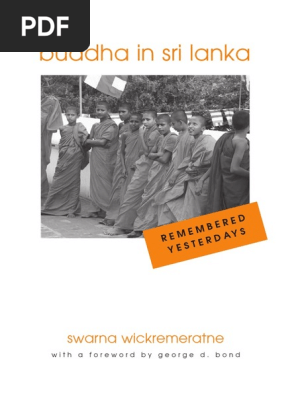0% found this document useful (0 votes)
23 views26 pagesLecture 2 - The Writing Process
The document outlines the steps in the writing process:
1) Prewriting which includes determining the topic, audience, and content.
2) Drafting where the initial rough draft is composed.
3) Revising by conferencing, refining content, and identifying strong and weak points.
4) Editing for punctuation, spelling, complete sentences, and overall appearance.
5) Publication of the final work for an intended audience. The writing process is recursive with steps that can be revisited and repeated as needed.
Uploaded by
farah mokhtarCopyright
© © All Rights Reserved
We take content rights seriously. If you suspect this is your content, claim it here.
Available Formats
Download as PPTX, PDF, TXT or read online on Scribd
0% found this document useful (0 votes)
23 views26 pagesLecture 2 - The Writing Process
The document outlines the steps in the writing process:
1) Prewriting which includes determining the topic, audience, and content.
2) Drafting where the initial rough draft is composed.
3) Revising by conferencing, refining content, and identifying strong and weak points.
4) Editing for punctuation, spelling, complete sentences, and overall appearance.
5) Publication of the final work for an intended audience. The writing process is recursive with steps that can be revisited and repeated as needed.
Uploaded by
farah mokhtarCopyright
© © All Rights Reserved
We take content rights seriously. If you suspect this is your content, claim it here.
Available Formats
Download as PPTX, PDF, TXT or read online on Scribd
/ 26



















































































